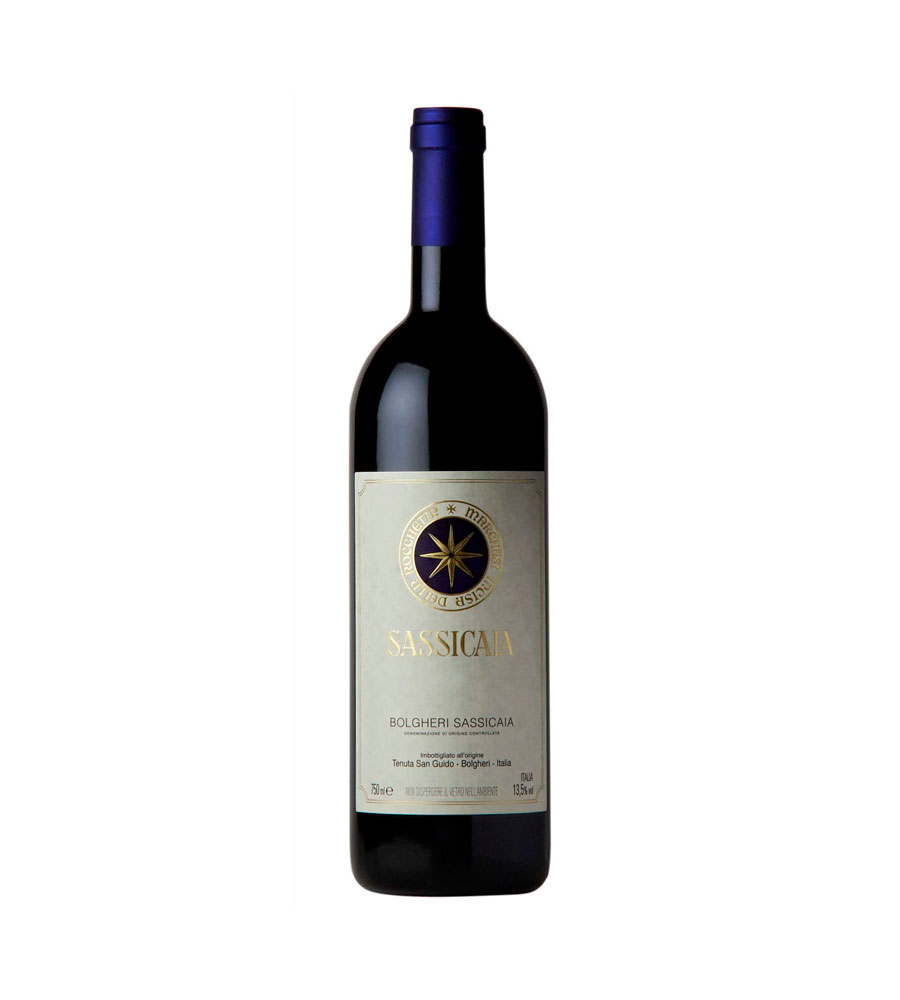Tenuta San Guido
2018 was a classic year for Sassicaia. Autumn and early winter saw above-average temperatures, with occasional heavy rain, even flooding. This trend continued into February, with more intense rainfall and some snow at higher altitudes. What changed the situation dramatically was the “Burian” from Siberia, which in the last week of February brought temperatures well below zero — Bolgheri even saw snow. From an agronomic perspective, this was excellent: it halted vegetative growth, eliminated pests, and replenished water reserves.
From March, temperatures rose, but a new frost wave soon affected all of Italy, especially the Tuscan coast, with below-average temperatures and rain in March and early April. Spring arrived in the second decade of April, bringing warmer temperatures and sunny days. May began with wet and windy conditions. Until the end of summer, temperatures remained average, without excessive heat, and occasional rain perfectly favored flowering and fruit development stages.
Heat was only felt in July, but with good nighttime ventilation, lasting until just before the extended weekend in August. From August 14, heavy rain brought freshness to the vineyards and normalized temperatures. Sunny days with cool temperatures (especially at night) and absence of sea breezes provided excellent phenolic ripening, with optimal aromatic and acid development.
Winemaking:
Careful selection of grapes in the vineyard and on the sorting table in the winery. Gentle destemming and introduction of must into stainless steel tanks. Spontaneous alcoholic fermentation in stainless steel at a controlled temperature of 26–27 °C (without adding yeast). Maceration lasted about 13–15 days for Cabernet Franc and 15–17 days for Cabernet Sauvignon, with frequent pump-overs and daily délestages during primary fermentation, resulting in musts with great elegance and marked acidity. Malolactic fermentation occurred in stainless steel tanks starting in early November, finishing by the end of the month, allowing the blend to enter oak barrels in early December 2018.
Aging:
After malolactic fermentation, the wine was placed in French oak barrels, with a small portion in American oak, aging for 20–25 months. For the 2018 vintage, aging lasted 24 months.
Awards
99 /100 – Raffaele Vecchione (WinesCritic.com)
98 /100 – Wine Enthusiast
97 /100 – Falstaff
96 /100 – Wine & Spirits Magazine
96 /100 – Wine Spectator
Allergens information
Contains sulphites.
SKU: 105844-2


